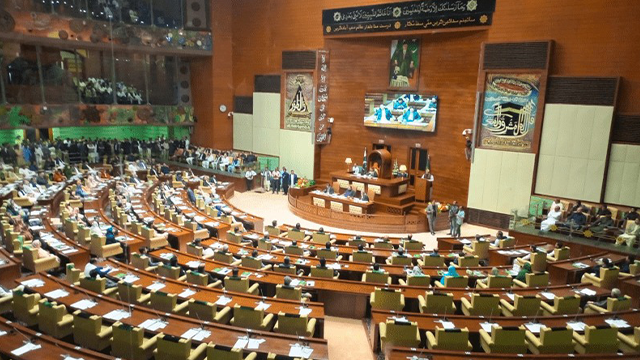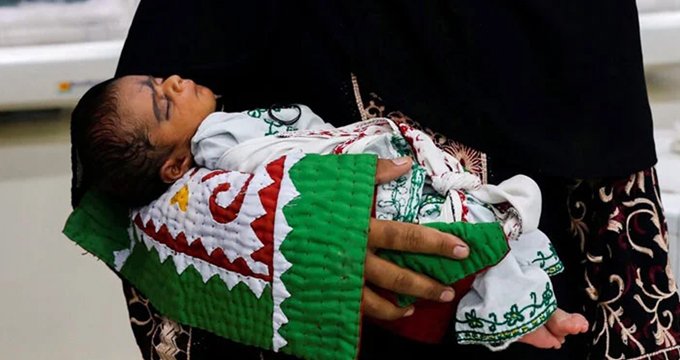Pakistan’s fertility rate has significantly decreased from six live births per woman in 1994 to 3.6 in 2024, as revealed in the United Nations World Fertility Report 2024.
The advance unedited version of the report, set to be officially released soon, highlights the positive socioeconomic benefits of reducing adolescent birth rates, which can further accelerate declines in fertility.
The report stresses that reducing future birth rates will help governments and families allocate resources more effectively, allowing for greater investment in children’s health, education, and overall well-being.
Additionally, preventing early childbearing for girls and young women can open up opportunities for further education and employment, allowing them to pursue broader life aspirations.
As of 2024, approximately 1.8 billion people, or 22 per cent of the global population, live in 63 countries that are still in the early or intermediate stages of demographic transition.
These countries are projected to reach low fertility levels after 2054.
In such regions, the report recommends strengthening laws to protect the rights of girls and women, particularly by banning child marriages and ensuring equal access to sexual and reproductive health care and education.
Global fertility rates have seen a steady decline over the past 50 years, dropping from an average of 4.8 births per woman in 1970 to 2.2 in 2024.
The report underscores that women today bear, on average, one child fewer than they did in 1990, when the global fertility rate stood at 3.3.
For countries like Pakistan that are navigating economic, social, and environmental challenges, the report stressed the importance of managing population growth to ensure a sustainable and prosperous future.







